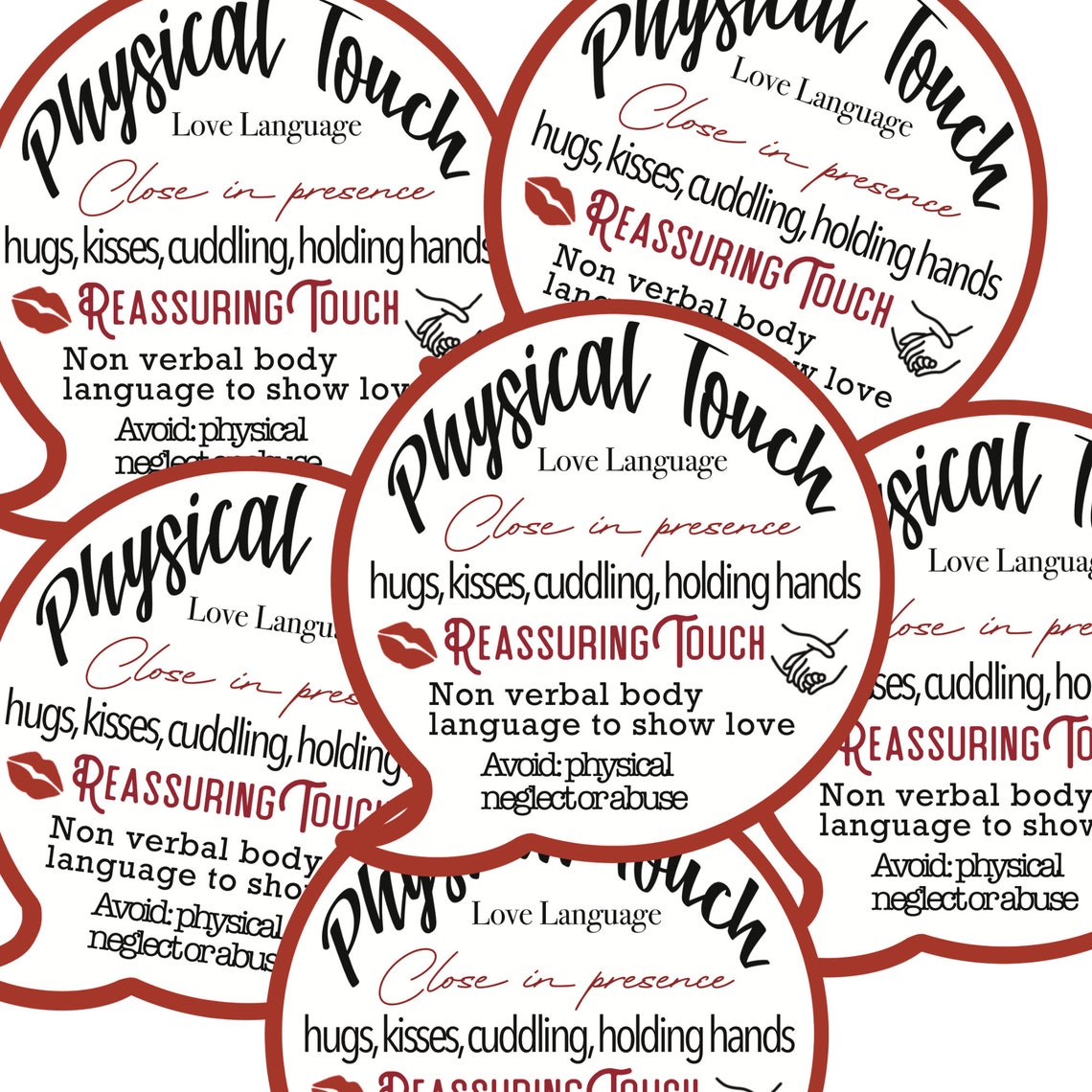

When you spend time with your child or children, you will best serve their needs by adapting to their physical and/or emotional level of development. The child feels loved because the parent or carer is choosing to spend time alone with them. It is the gift of being present and telling a child, “you are important and I like spending time with you”. Quality time means focusing your attention on your child.

These words nurture a child’s inner sense of worth and security.Įven though such words are quickly said, they are not easily or soon forgotten and a child reaps the benefits of affirming words for a lifetime. Words of affection and endearment, words of praise and encouragement, words that give positive guidance all say, “I care about you”. Words are powerful in communicating love.
#Physical touch love language how to
With these 10 one-page parenting guides, you will know exactly how to speak to your child to help them stand up for themselves, be more confident, and develop a growth mindset.įor children who have this as their primary love language, physical touch communicates love to them more deeply than giving them praise, buying a gift, or fixing a toy.
#Physical touch love language download
However, once you do learn your child’s love language, it can make all the difference in your relationship and their happiness.īefore you continue, we thought you might like to download our FREE Your Words Matter Volume 2 Kit. It’s common to have different love languages within a family and it can be tricky to navigate. They said some people love through physical touch, others through words of affirmation, acts of service, gifts, or quality time.

Ross Campbell introduced the concept of love languages in the book The Five Love Languages and later in The Five Love Languages of Children. It has also helped them feel unconditionally loved, accepted, heard, and understood. Learning the love languages of my girls has had a profound impact on my relationship and connection with them. Each of these expressions of love represents a different "language". For example, one of my daughters prefers physical touch, whereas the other needs words of affirmation. Children express and experience love in different ways.


 0 kommentar(er)
0 kommentar(er)
